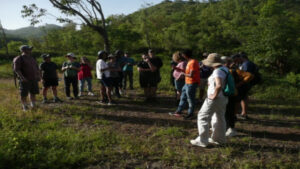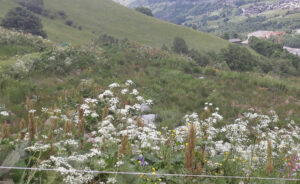Abstract/Description
In the contemporary era of digital society, the domain of outdoor recreation and tourism is undergoing significant transformation. With the rapid advancement of technology, such as mobile applications and geolocation services, the ways in which individuals engage with outdoor activities and travel experiences are evolving rapidly. Visitors’ digital traces can be used for visitor monitoring and support evidence-based management and planning decissions. The aim of this work is to validate outdoor-app data (STRAVA) against field measurements (Eco-Counter) and observations. Our study is based upon empirical data collected in the Nordkette region, Innsbruck, Austria between Nov 2023 – December 2024. High correlation between STRAVA data and field measurements was confirmed in case of cycling (MTB) and walking / running activities. However, more digital traces of bikers in comparison to hikers / joggers were avaliable at STRAVA Metro plattform. To conclude, visitor monitoring and management in the digital society era require a paradigm shift. This entails a comprehensive grasp and openness towards the potential benefits, while also being aware of the limitations inherent in digitalization processes. Validation studies and desclosing potential biases in digital datasets are highly relevant to support informed decission making within outdoor recreation and tourism domain.


